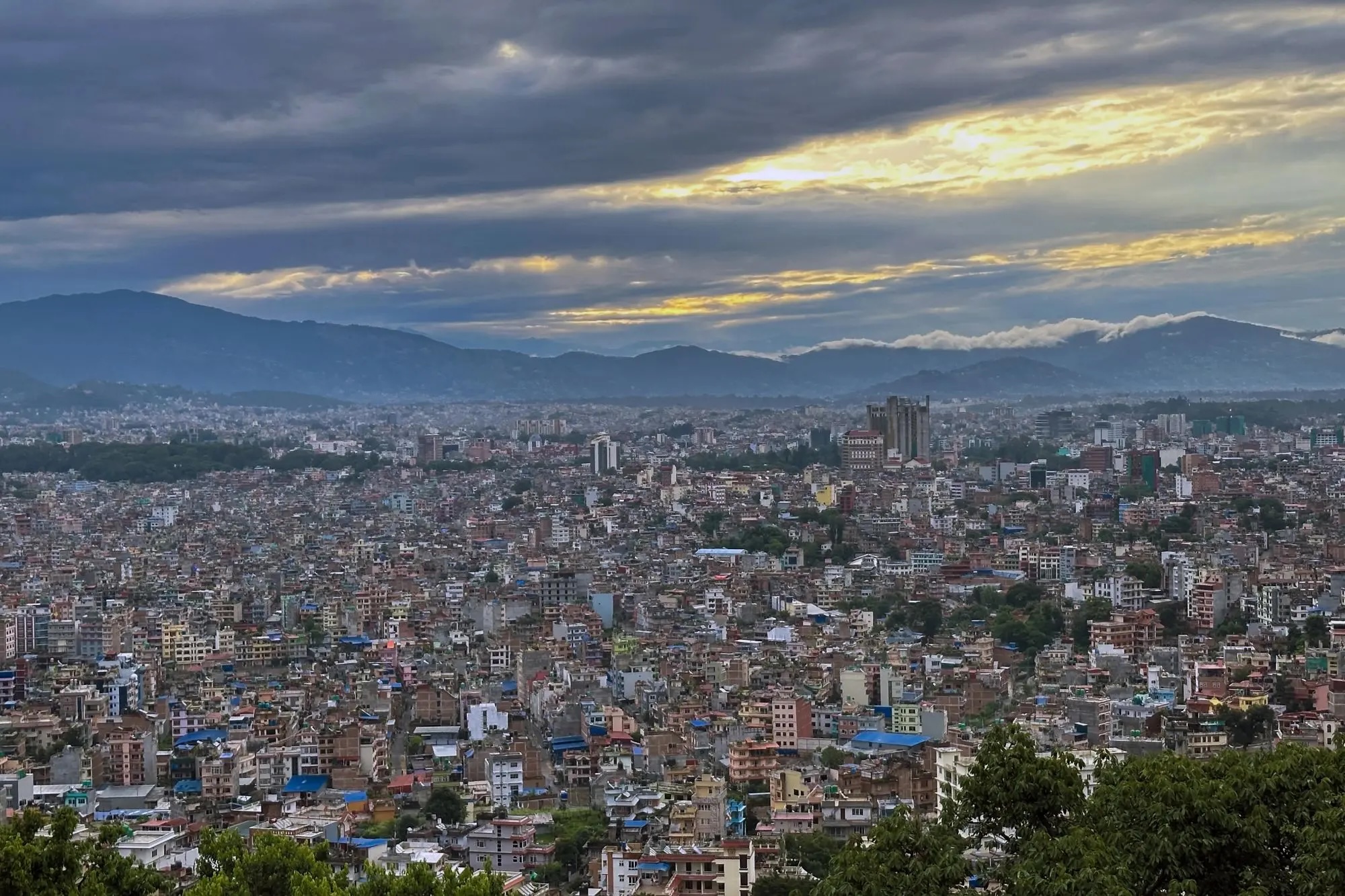Kathmandu Faces Health Emergency as Seasonal Diseases Surge Amid Rising Pollution and Poor Sanitation

As winter fades and summer heat sets in, hospitals across the Kathmandu Valley are witnessing a worrying surge in seasonal illnesses. From fever and flu to water-borne infections and respiratory complications, doctors are raising the alarm over what could soon turn into a nationwide health crisis.
Kathmandu has also topped global pollution charts for several consecutive days, and health experts are linking the worsening air quality to a rise in respiratory diseases. Contaminated food and water sources have further fueled a spike in diarrheal illnesses and skin conditions, especially among vulnerable populations.
“Compared to last year, we’ve seen a noticeable increase in respiratory ailments,” said Dr Raju Pangeni, a pulmonary and critical care specialist at HAMS Hospital. “Many patients are reporting persistent coughs lasting weeks, even months. This is not a trend to ignore.”
The combination of rising temperatures and poor hygiene has created the perfect storm for disease outbreaks. Doctors warn that those with pre-existing conditions or weak immune systems are especially at risk.
Dr Pangeni added, “We’re seeing more patients requiring intensive care for respiratory illness. People need to remember the lessons of COVID-19 — basic precautions like handwashing, masking in polluted areas, and avoiding unsafe water can still save lives.”
At Sukraraj Tropical and Infectious Disease Hospital, patient numbers have doubled. “Around 700 patients visit our outpatient department every day,” said hospital director Dr Yuba Nidhi Basaula. “Fever, cough, skin rashes, and flu are now more common than even dog bite cases, which used to top our charts.”
Recent hospital records show daily visits from around 40 fever patients, 150 skin disease cases, and dozens more suffering from diarrhoea and other water-related infections. Alarmingly, a patient diagnosed last week with high fever and rashes tested positive for dengue.
The mosquito-borne dengue virus — spread by the Aedes aegypti and Aedes albopictus mosquitoes — claimed at least 15 lives and infected over 41,800 people in Nepal in 2024 alone. Doctors fear another outbreak could be imminent if preventive measures aren’t taken swiftly.
“We are already seeing a steady rise in cases of viral fever, flu, and other seasonal infections,” said Dr Samita Panta Acharya, medical director at Patan Hospital. “The numbers are increasing by the day.”
In the remote district of Humla, the situation is just as grim. “More than 80 patients visit our outpatient department daily,” said Dr Dev Gajamer from Simkot, the district headquarters. “These are unusually high numbers for a region like ours.”
In response, the Epidemiology and Disease Control Division (EDCD) has issued alerts to health institutions nationwide. “We’ve intensified our surveillance and plan to conduct water quality testing to prevent outbreaks,” said Dr Mukesh Poudel, head of the Epidemiology and Outbreak Management Section.
Contaminated drinking water, food poisoning, poor sanitation, and lack of public awareness are all contributing to this seasonal surge. Experts emphasize that unless Nepal addresses its chronic sanitation issues, these disease waves will continue to plague the population every year.
“Public awareness, access to clean water, and proper hygiene are not just preventive measures — they are life-saving necessities,” said Dr Poudel.
With the monsoon approaching, and the health infrastructure already strained, Nepal must act fast to prevent this seasonal wave from turning into a full-blown epidemic.




![From Kathmandu to the World: How Excel Students Are Winning Big [Admission Open]](https://nepalaaja.com/img/70194/medium/excel-college-info-eng-nep-2342.jpg)
